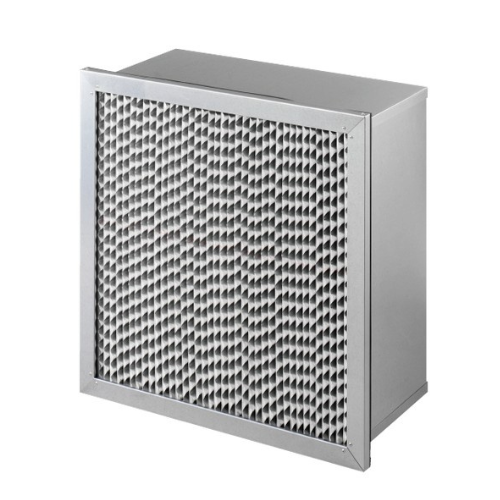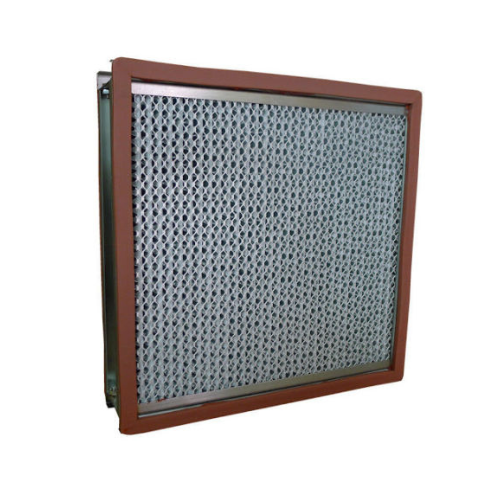Separator filters are integral components within air filtration systems, designed to efficiently remove contaminants and particulate matter from the air. These filters utilize a specialized mechanism to separate impurities from the airflow, ensuring cleaner, purified air output. They find extensive application across diverse industries, including but not limited to pharmaceuticals, automotive, aerospace, and manufacturing sectors, where maintaining high air quality standards is imperative.
Functionality and Design
Separator filters operate on the principle of separating particulates from the air stream, commonly using mechanisms such as cyclonic action, centrifugal force, or baffles. These filters are adept at trapping various contaminants, including dust, dirt, pollutants, and larger particles, preventing them from circulating further into the system. The design often incorporates a specific configuration or arrangement to optimize particle separation, enhancing the overall efficiency of the filtration process.


Versatility and Customization
One of the notable aspects of separator filters is their versatility in application and customization. They come in various shapes, sizes, and configurations, allowing for adaptation to specific industry requirements. Additionally, these filters can be tailored to handle different types and sizes of particulate matter, making them highly adaptable to diverse environments and filtration needs.
Benefits and Impact
The use of separator filters yields several benefits, including improved air quality, increased system efficiency, and prolonged equipment lifespan. By effectively removing contaminants before they reach sensitive machinery or critical processes, these filters contribute to maintaining optimal working conditions and enhancing the longevity of equipment. Moreover, they play a crucial role in meeting regulatory standards and ensuring compliance with air quality regulations across industries.



